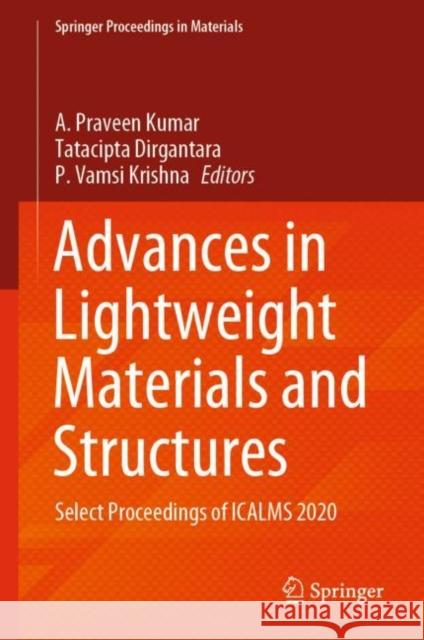Advances in Lightweight Materials and Structures: Select Proceedings of Icalms 2020 » książka
topmenu
Advances in Lightweight Materials and Structures: Select Proceedings of Icalms 2020
ISBN-13: 9789811578267 / Angielski / Twarda / 2020 / 827 str.
Advances in Lightweight Materials and Structures: Select Proceedings of Icalms 2020
ISBN-13: 9789811578267 / Angielski / Twarda / 2020 / 827 str.
cena 1328,44
(netto: 1265,18 VAT: 5%)
Najniższa cena z 30 dni: 1272,31
(netto: 1265,18 VAT: 5%)
Najniższa cena z 30 dni: 1272,31
Termin realizacji zamówienia:
ok. 22 dni roboczych
Dostawa w 2026 r.
ok. 22 dni roboczych
Dostawa w 2026 r.
Darmowa dostawa!
Kategorie:
Kategorie BISAC:
Wydawca:
Springer
Seria wydawnicza:
Język:
Angielski
ISBN-13:
9789811578267
Rok wydania:
2020
Wydanie:
2020
Numer serii:
000923170
Ilość stron:
827
Waga:
1.30 kg
Wymiary:
23.85 x 16.46 x 3.56
Oprawa:
Twarda
Wolumenów:
01











